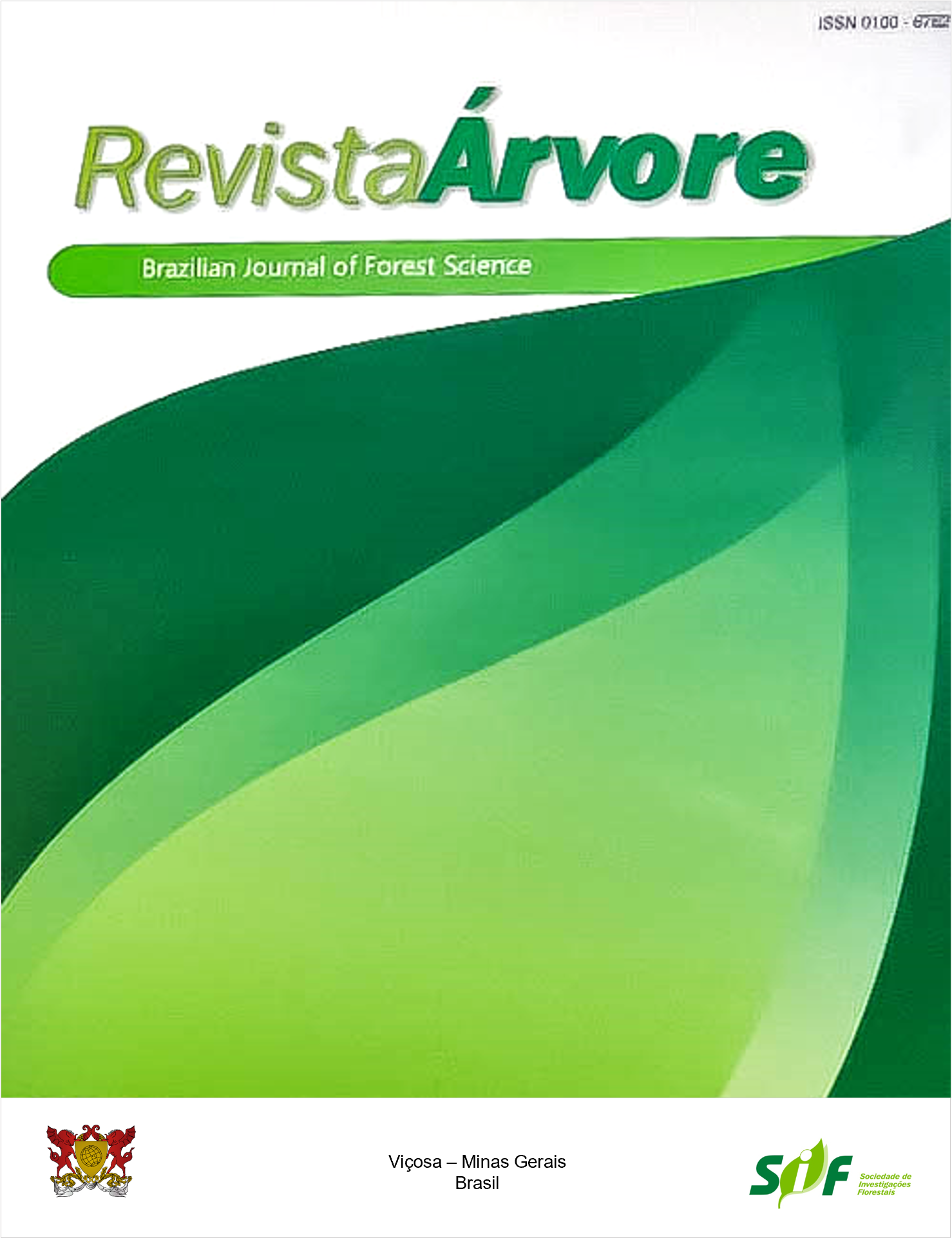VIABILITY OF THE USE OF AFRICAN MAHOGANY WITH CUPUASSU TREE IN AGROFORESTRY SYSTEM (AFS)
Keywords:
Khaya ivorensis, Theobroma grandiflorum, ConsortiumAbstract
The objective of this work was to study the behavior of cupuassu trees intercropped with African mahogany in order to define the viability of using these species in AFS and to evaluate the performance of African mahogany itself, aiming its application in reforestation projects. Both species were tested in the municipality of Tomé Açu - PA, between 2005 and 2016. In addition to these two species, banana and black pepper were also part of the AFS initially. Four levels of influence of mahogany on cupuassu trees were evaluated, defined by the proximity between plants. The vegetative development of both species was measured, as well as the production of eight harvests and the mortality rate of the cupuassu trees. The results showed that the competition exerted by African mahogany did not affect the vegetative development of cupuassu trees. In the productive phase, up to the fourth harvest, the competition was not harmful as it didn’t reduce production. However, from the fifth harvest on, cupuassu trees closest to African mahogany trees showed a significant reduction in fruit production and, from the sixth harvest on, all plants were affected, regardless of proximity. On the other hand, consistent vegetative development of African mahogany was observed, which allows its use in silvicultural projects in this region. We concluded that African mahogany had a negative influence on cupuassu trees. Further studies are needed to assess whether the development of African mahogany economically compensates for the decline in cupuassu production.
Keywords: Khaya ivorensis; Theobroma grandiflorum; Consortium
Downloads
Published
How to Cite
Issue
Section
License
Copyright (c) 2021 Revista Árvore

This work is licensed under a Creative Commons Attribution 4.0 International License.
All authors agreed to submit the work to Revista Árvore and granted the exclusive license to publish the article. The authors affirm that it is an original work and has not been previously published elsewhere. The scientific content and opinions expressed in the article are the sole responsibility of the authors and reflect their opinions, not necessarily representing the opinions of the editorial board of Revista Árvore or of the Society of Forest Investigations (SIF).




